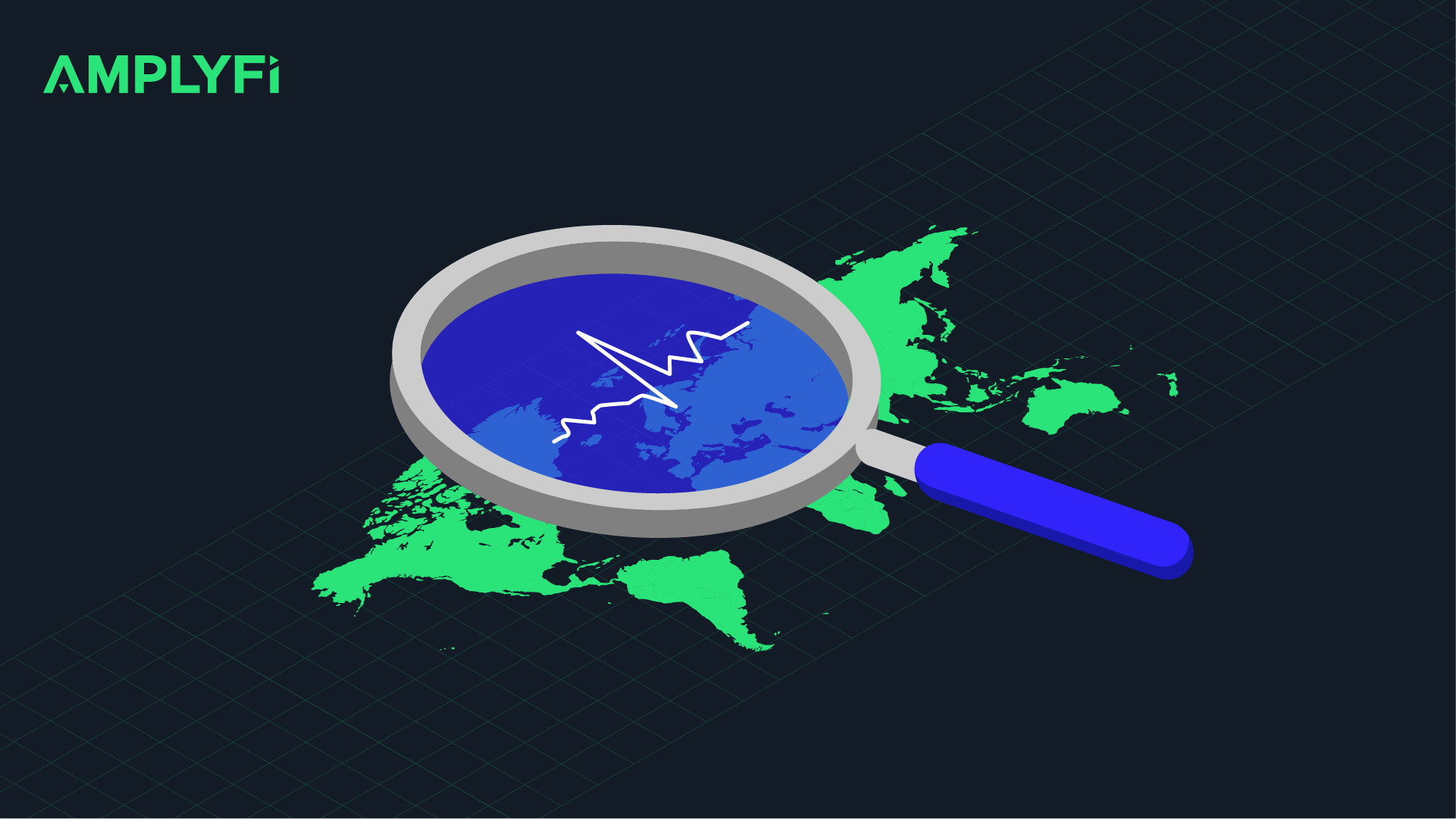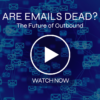
Horizon scanning techniques help businesses deliver value while maintaining a finger on the pulse of their constantly changing context to be able to anticipate potential risks and opportunities. It is undeniable that the rate at which the world is changing is unprecedented. With technological advancements, changes in the dynamics of national politics, climate, societal structures, geopolitical stability and black swan events like COVID-19 among drivers of change.
Truly agile businesses have mechanisms of forecasting events that are likely to give impetus for disruption in their industries. Powered by emerging technologies, horizon scanning tools afford businesses the capacity to identify relevant events, connect them to emerging trends, and weigh their significance within the context of their business value proposition.
Amidst this landscape of disruption, conducting horizon scanning effectively is of paramount importance for businesses wanting to stay ahead of both competitors and potential threats. The first step in a horizon scanning process is defining the key issues that will be the subject of analysis, and discovery of potential future risks and opportunities.
Analytical tools such as relevance trees, desk research and interviews may be useful in uncovering likely drivers that should be the focus of your inquisition. Since most issues of analysis are complex and layered, relevance trees help you highlight the requisite parts of the issues in focus. In the internet age, desk research can be used to inform relevance trees and discover potential candidates for interviews. Tools like AMPLYFI’s DeepInsight support institutional efforts to keep up with the expert content that is published daily online from around the world. With DeepInsight, small teams can surface tailored insights from the millions of scientific publications, patents and news articles available in its datalake and export the relevant visuals or data with just one click.
From the issue identification, it’s evident that more often than not, the drivers of change fall under technological, political, policy, environmental, legal or ethical categories. By applying qualitative and quantitative approaches or other convergent methods, you’ll weigh the drivers of change and determine their uncertainties. Patent analysis used together with bibliometrics, for instance, is among tools for discovering emerging technologies.
Lastly, exploratory or normative approaches can be used to build narratives around the insights surfaced, and show how trends and unfolding events signify a warning or opportunity for the business. The narratives can then be graduated to strategies that would dictate the business’s action depending on the horizon (in reference to the McKinsey three horizon framework) in question.
Horizon scanning technologies should afford the capacity to scan on demand, vast amounts of data related to specific topics. The scanning should yield weighted reports that show obvious and hidden connections between issues being queried and others happening in the world.
Given the interconnectedness of issues behind the key drivers of change, convergence thinking in horizon scanning techniques is best undertaken by a multidisciplinary team of experts. The team will be instrumental in defining the scope of analysis, building robust scenarios, and offering insightful ideas for strategies to respond to the opportunities or risks identified. However, since not all organisations will have resources to invest in a multidisciplinary team, convergent thinking in horizon scanning is best aided by technology and software.
AMPLYFI develops technologies that use machine learning to analyse and discover emerging trends and issues from unstructured documents across the deep web. If you would like to see how AMPLYFI’s tools can improve your horizon scanning processes, you can book time with one of our team here.








